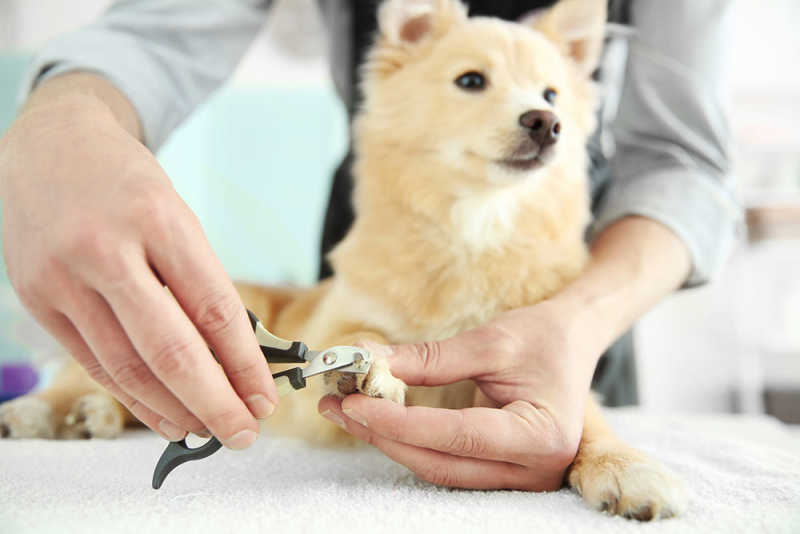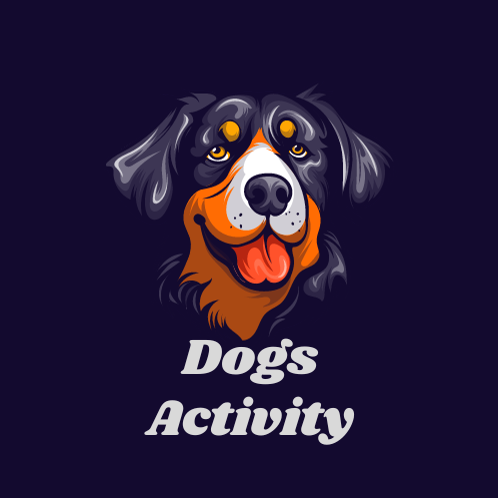
Introduction
Dog nail maintenance is a crucial aspect of responsible pet ownership, yet it’s a task that many dog owners find challenging. Overgrown nails can lead to various health issues for your furry friend, including pain, difficulty walking, and potential injuries. While traditional methods like dog nail clippers are commonly used, there are alternative approaches to keeping your dog’s nails short without the stress of clipping. In this comprehensive guide, we’ll explore various techniques, from understanding why dogs bite their nails to using sedatives for grooming, providing you with valuable insights into proper canine nail care.
Understanding the Importance of Short Dog Nails
Before delving into the various methods of keeping your dog’s nails short, it’s essential to understand why this aspect of grooming is so crucial for their overall well-being. Long nails can cause discomfort and pain for your dog, affecting their ability to walk and leading to joint problems over time. Additionally, overgrown nails are more prone to splitting or breaking, which can result in infections or injuries.
Furthermore, neglected nails can alter your dog’s gait, leading to posture issues and muscle strain. Regular nail maintenance is not only a matter of aesthetics but also a fundamental aspect of preventive healthcare for your furry companion.
- Natural Wear and Outdoor Activities
One effective way to keep your dog’s nails short is by allowing them to engage in natural wear through outdoor activities. Dogs that spend ample time on different surfaces, such as concrete, asphalt, or gravel, naturally wear down their nails as they walk and run.
Encouraging regular exercise in a variety of environments not only provides physical and mental stimulation for your dog but also helps maintain their nail length. However, it’s essential to monitor your dog’s nails and trim them if needed, as not all surfaces wear down nails uniformly.
- Canine Nail Grinding Tools
If the idea of traditional nail clippers makes you uneasy or your dog is particularly sensitive to the process, nail grinding tools can be an excellent alternative. These tools use a rotating abrasive tip to gradually grind down the nail, offering a less intrusive and more comfortable experience for both you and your dog.
Nail grinders are available in various designs, from handheld devices to electric models. It’s crucial to choose a grinder with adjustable speed settings to control the grinding process based on your dog’s comfort level. Additionally, using positive reinforcement, such as treats and praise, can help your dog associate the grinding process with positive experiences.
- Canine Nail File Techniques
For dog owners looking for a gentle and manual approach, nail files designed specifically for dogs can be an effective tool. These files typically have a coarse surface that allows you to file down the nails gradually.
Using a nail file requires patience and consistency. Begin by getting your dog accustomed to the process by gently touching their paws and nails. Reward them for calm behavior, gradually introducing the nail file. This method is ideal for dogs with small or sensitive nails.
- Dog-Friendly Pawdicures
Pawdicures, a term coined for dog pedicures, involve not only trimming the nails but also pampering your pet’s paws. This holistic approach focuses on creating a positive and relaxing experience for your dog while maintaining their nail length.
A pawdicure session may include soaking your dog’s paws in warm water, massaging their pads, and applying moisturizing balm. This not only helps keep the nails in check but also promotes overall paw health. For dogs with anxiety about nail trimming, the calming effects of a pawdicure can make the process more enjoyable.
Common Challenges in Canine Nail Care
While the above methods offer effective ways to keep your dog’s nails short without traditional clipping, dog owners often face challenges that require unique solutions. Understanding these challenges can help tailor your approach to better meet your dog’s specific needs.
- Dog Nail Biting: Causes and Solutions
Some dogs develop the habit of biting their own nails, making the task of keeping them short more challenging. Nail biting can be caused by anxiety, boredom, or discomfort. Identifying the root cause is crucial in addressing the behavior and preventing potential nail-related issues.
To discourage nail biting, consider using a bitter-tasting, pet-safe nail polish or spray. These products create an unpleasant taste that deters your dog from biting their nails. Additionally, addressing any underlying anxiety or boredom through increased mental and physical stimulation can contribute to breaking the nail-biting habit.
- Fear of Dog Nail Clippers
Many dogs develop a fear of nail clippers due to past negative experiences or discomfort during the process. This fear can make regular nail maintenance a stressful ordeal for both you and your dog.
To overcome this fear, gradual desensitization is key. Start by introducing the clippers to your dog without using them, allowing them to sniff and inspect the tool. Gradually progress to touching the clippers to their paws, rewarding calm behavior with treats and praise. Once your dog is comfortable, attempt a gentle nail clip, rewarding them generously afterward.
- Puppy Nail Care: Building Positive Associations
Puppies, in particular, may be more sensitive to nail trimming, and early positive experiences are crucial for developing good grooming habits. Begin by handling your puppy’s paws regularly to familiarize them with touch. Reward calm behavior with treats and positive reinforcement.
Introduce them to the various tools and techniques gradually, allowing them to explore and associate grooming activities with positive experiences. Consistency is key in building a foundation for stress-free nail care as your puppy grows into adulthood.
- Using Dog Sedatives for Grooming
For dogs with extreme anxiety or fear of grooming procedures, such as nail trimming, sedatives may be considered as a last resort. However, it’s crucial to approach the use of sedatives with caution and under the guidance of a veterinarian.
Sedatives should only be administered after a thorough evaluation of your dog’s health and in accordance with your veterinarian’s recommendations. There are different types of sedatives, ranging from oral medications to calming sprays, each with its own set of considerations. Always follow your veterinarian’s dosage instructions and monitor your dog closely during and after sedation.
Professional Dog Nail Care Services
If you find yourself hesitant or unable to perform nail maintenance at home, professional dog grooming services are an excellent option. Experienced groomers have the skills and expertise to trim your dog’s nails efficiently and safely, ensuring a positive experience for your pet.
When seeking professional services, inquire about the groomer’s experience with different breeds and temperaments. Additionally, ask about their approach to handling dogs with anxiety or fear of grooming procedures. A skilled groomer will prioritize your dog’s well-being and use gentle techniques to make the experience as stress-free as possible.
Conclusion
Maintaining your dog’s nail health is a fundamental aspect of responsible pet ownership. While traditional methods like nail clippers are widely used, alternative approaches exist for those seeking gentler options. Whether through natural wear, grinding tools, nail files, or holistic pawdicures, there are various methods to keep your dog’s nails short without the stress of clipping.
Understanding common challenges, such as nail biting and fear of clippers, allows for a tailored approach to canine nail care. Positive reinforcement, gradual desensitization, and early puppy training are essential components of a successful grooming routine.
In cases of extreme anxiety, sedatives may be considered under the guidance of a veterinarian. However, it’s crucial to prioritize your dog’s health and well-being, using sedatives as a last resort and only when recommended by a professional.
Ultimately, the key to successful dog nail care lies in patience, consistency, and a positive approach. Whether you choose to handle grooming at home or seek professional services, the goal is to create an environment where your dog feels safe, comfortable, and well-cared-for. By incorporating these techniques into your routine, you can ensure that your furry friend’s nails stay short and healthy, contributing to their overall happiness and quality of life.



